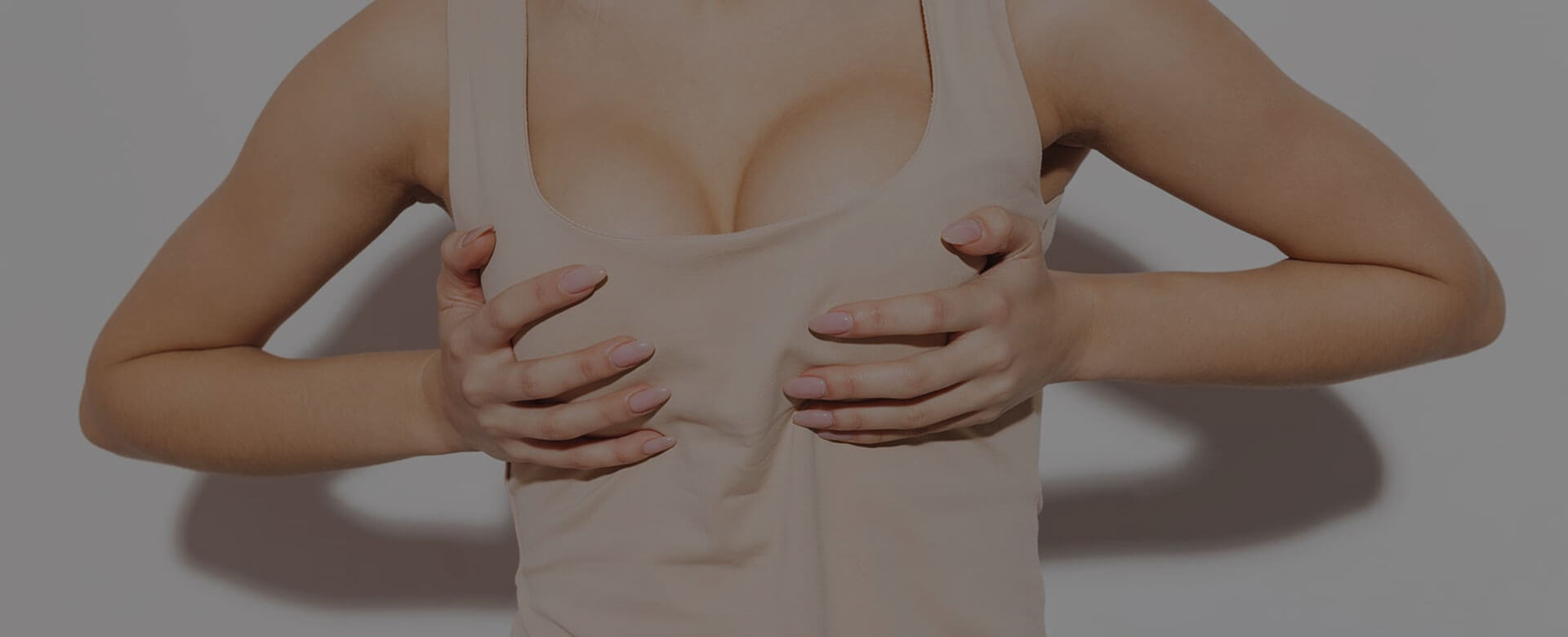Lipofilling (the injection of fat) is a promising technique for breast augmentation, but fat resorption can severely limit its results. Fortunately, an innovative approach based on adipose-derived stem cells (ADSCs) injection allows to maintain the breast volume achieved after fat grafting. Moreover, ADSCs-based lipofilling potentially leads to further volume increase.
Lipofilling advantages
Lipofilling offers several advantages. First, fat injection is not associated with post-surgical scar. Second, recovery time is shorter than for breast implant. Finally, donor tissue is easily available; in fact, fat can be obtained by liposuction from undesirable deposits in specific body parts (such as hips), coupling breast augmentation with body contouring.
Why adipose-derived stem cells?
Traditional lipofilling is based on the injection of the so-called stromal vascular fraction (SVF). However, SVF contains also macrophages, tissue extracellular matrix-degrading white blood cells responsible for aging. That is why isolated adipose-derived stem cells (ADSCs) are a better option.
Stem cells in SVF are scarce. ADSCs isolation eliminates macrophages and allows to expand stem cells. Expansion is fundamental for long-lasting results, allowing to get the minimum right dose of cells for injection (100-150 thousand cells/ml of fat for a volume between 400 to 800 ml). «Cells expansion is the only technology available to achieve the correct ratio between cells and fat», Giuseppe Mucci, Bioscience Institute CEO, explains.
Moreover, SVF injection results depend on factors such as fat origin site and patient age. That is why it is not possible to standardize this procedure. On the contrary, isolated, expanded and characterized ADSCs allow the standardization of adipose-derived stem cells injection.
ADSCs advantages: the evidences
ADSCs advantages evidences stem from the results of a 4-years follow-up of patients subjected to ADSCs implant for breast augmentation via LipoSkill Plus, the body shaping approach by Bioscience Institute. LipoSkill Plus is based on expansion of autologous ADSCs (that is, ADSCs obtained from the patient that will receive the injection) to be injected in patient’s breast to obtain a double aesthetic goal: improving breast volume without breast implants and eventually removing fat from undesired deposits (e.g. abdomen, tights).
Breast volume MRI analysis was performed 4 years after ADSCs treatment under the medical supervision of Bioscience Institute medical director, Roberto Viel. It revealed for the first time that appropriate injection allows to maintain 100% of the volume achieved with the procedure. Moreover, it demonstrated that injected ADSCs behave like fat in other parts of the organism. In fact, when patient BMI increased after the procedure, total breast volume increased too, reaching 109 to 135% of total breast volume achieved with ADSCs injection.
Totally natural results
«Some women don’t want invasive and not free from risks solutions such as breast implants», Mucci says. «ADSCs are not associated with these risks, and treatment results are totally natural both aesthetically and to touch. It is possible to reshape other parts of the body too, such as glutes. Moreover, some ADSCs can be cryopreserved, allowing other uses in the future, such as skin aging treatment. With such features, Liposkill Plus represents a valuable alternative to traditional breast augmentation surgery».
For more informations on the procedure, visit LipoSkill Plus webpage or call us at +971 (0)4 375 7220.
References
- Beck M et al. Evaluation of breast lipofilling after sequelae of conservative treatment for cancer A prospective study of ten cases. Eur J Plast Surg (2012) 35:221–228. doi: 10.1007/s00238-011-0606-x
- Naderi N et al. The regenerative role of adipose-derived stem cells (ADSC) in plastic and reconstructive surgery. Int Wound J. 2017 Feb;14(1):112-124. doi: 10.1111/iwj.12569
- Simonacci F et al. Autologous fat transplantation for breast reconstruction: A literature review. Ann Med Surg (Lond). 2016 Nov 23;12:94-100. doi: 10.1016/j.amsu.2016.11.012
- Simonacci F et al. Procedure, applications, and outcomes of autologous fat grafting. Ann Med Surg (Lond). 2017 Jun 27;20:49-60. doi: 10.1016/j.amsu.2017.06.059


